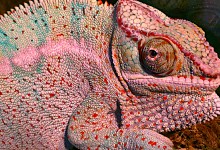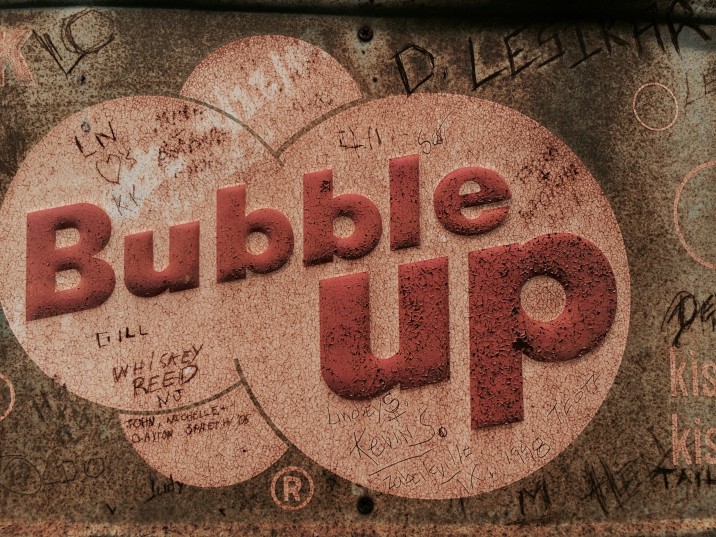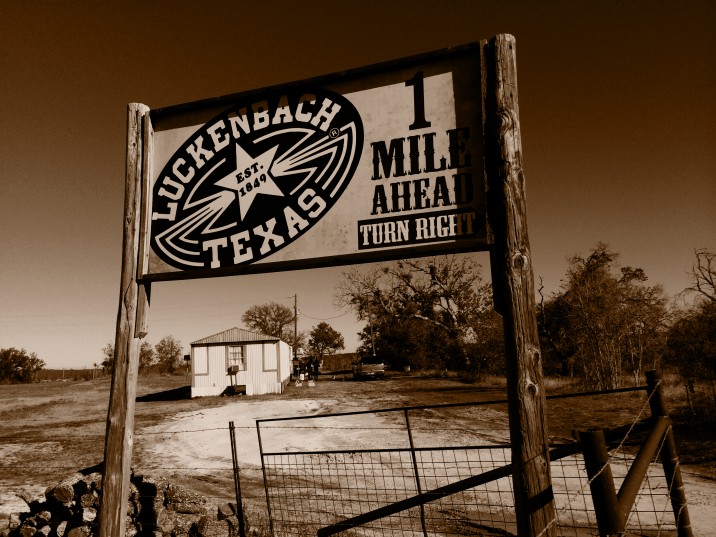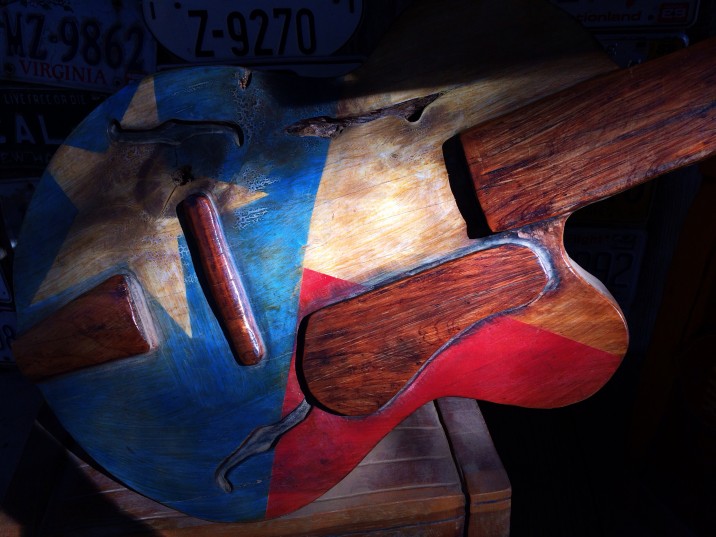How to Go Road Tripping with Your iPhone

About Jack Hollingsworth
Jack Hollingsworth, a denizen of Austin, TX, is an award-winning, 30-year career veteran in commercial photography. Jack has fallen in love with his iPhone camera as his primary capture tool. He is also an avid Camera+ devotee and has been since day one. He deeply believes that, when all is said and done, the iPhone may just be remembered as the most influential capture device ever in the history of photography.
I was born for road tripping. As a matter of fact, I was a road tripper long before they assigned it a name. I’m sure that somewhere in my gene pool, there were gypsies! I am most at home, photographically speaking, when I am wandering. One of my favorite travel quotes is by J.R.R. Tolkien – “…not all those who wander are lost”.
Road tripping is getting lost (intentionally so) with a purpose of photographing the faces, places and spaces you see along the way. It is undoubtedly both a ‘process’ (the journey) and a ‘product’ (the destination). Part of the experience is sheer serendipity and spontaneity. The other part is planning and research.
There is just so much to photograph when you are on the road – signs, sunsets, buildings, glimpses of our past, visions of our future, landmarks, moments, main streets, shops of all kinds, landscapes, color, graphic detail, the open road. For those of you that yearn to wander, meander, roam and drift…road tripping is for you. You can steer, stray, swerve, deviate, digress, and get sidetracked.
To illustrate this blog post, I road tripped around my adopted home state of Texas. I traveled from Austin to Johnson City (approximately 50 miles/80km). It only took me about an hour each way. Here are some of the photographic gems I discovered along the way with comments and conversations about how you can do the very same with your road tripping.
Getting Away: Body, Soul and Spirit
As humans, and especially photographers, we are prone to ruts. We settle in and do the same things day after day. Our visual vocabulary becomes monotonous, dull, tedious, and repetitive. We not only need a break, we need to break out! Road tripping is the perfect prescription – not just to set our feet in motion, but to let our photographic spirits soar to new heights.
Mood will affect message. Frame of mind will affect frame of photo. Road tripping is the universal elixir for recognition, revelation and realization. When all of our elements are in sync (body, soul and spirit), our visual acumen heightens.
01_Getting Away Body Soul and Spirit
The Magic of Color
There is just something magical about being on the road that seems to bring out the very best of life’s color. My ‘color antennas’ get fully amplified. I see color in everything and it’s one of the few times in my life that I look at color as a ‘fine artist’ would, as the actual content of the shot. I look for complimentary colors or analogous colors…colors that will look good together in a single photo. I also try to limit my palette to only a few colors at a time in any given shot.
02_The Magic of color
Retro and Vintage
It’s just not possible to road trip without connecting emotionally to our historical past. There is something about our imperfect past that suits us. We embrace imperfection. The entire faux/vintage/retro movement in mobile photography is predicated on this. We are not as interested in photographic perfection as we once were, and that ‘content’ (what a picture says) is more important than the ‘craft’ (how a picture is taken).
Period and era reminders of our past are scattered everywhere. I’m not sure this applies to everyone, but for me, this vintage aesthetic is a welcome reminder of a gentler, kinder time – when life was slower, deeper, and more connected. It’s no wonder that these memorable nostalgic styles can send us to a different time and place. They quietly remind us of our history and heritage. How can we not love it?
03_Retro and Vintage
The Great Affair Is To Move
Robert Louis Stevenson wrote, “I travel not to go anywhere but to go. I travel for travel’s sake. The great affair is to move.” This quote resonates with me deeply, as I have found it to be so appropriate in my own 30-year career in photography. Stagnation and sterility are not cures for image taking and making. Oftentimes, you just have to get out and get on with it. Open your visual sensitivities to a new place.
When I’m road tripping, I generally plan the beginning and ending points of my journey and perhaps a few steps along the way, but I let the rhythms of photography that I have learned to trust over the years, kick in – providence, coincidence, fortuity, chance, discovery.
04_The Great Affair Is To Move
Set Parameters
It just might be that you’re not as carefree or nonchalant in your approach to photography…no worries! That’s okay. If you need more parameters and guidelines to get going, set some. Self-assign daily projects, themes and concepts. Give yourself some manageable goals.
On this day in particular, I found myself shooting signs…lots of them. They seemed to appear before my eyes at every turn. There was a reason for this: I had given myself that particular assignment earlier in the day.
05_Set Parameters
Emotion is the Heart of Road Tripping
If you think about it, the heart of road tripping is emotional. You want your viewers, your friends and your family, to feel the same way, as they browse your photographs. The deeper the emotional resonance you have with your photos, the more powerful and compelling emotions will those same images evoke in others. Take Luckenbach, Texas for example – a literal wide spot in the road. It is a hill country hamlet (complete with general store, beer joint, dance hall, cotton gin) popularized by country music legends Willie Nelson, Waylon Jennings and Jerry Jeff Walker. Memories and moments – past, present and future – all live here, in abundance. It’s hard not to feel, and feel deeply, about the photographs you take in a place such as this.
I would rather have technically flawed and inferior photographs with strong and influencing emotion than have technically perfect photos that lack soul. Can you feel the stories and raw emotion behind these images?
06_Emotion is the Heart of Road Tripping
Textures Abound
It’s nearly impossible to travel the highways and byways of this world without being mesmerized and enchanted by all the textures around you. Shooting textures is an art. It’s all about patterns and depth and detail. Textures often provide the glue to the story. They help to round out a full narrative of a specific location.
Finding common textures to shoot isn’t a hard task. Finding unique, special textures that translate well to a photographic image – well, that’s another story altogether.
07_Textures Abound
Postcard Viewpoint: Look Again!
There’s nothing wrong with shooting that ‘postcard view’ while you are out on the road in a well-known place. It’s expected…and why not? You might not have the opportunity to be back in that spot again…but don’t stop there – look again, look harder, turn around. Is there another angle you might take? What about lying down? What about standing on your car or on a tree branch or on a picnic table? Maybe you can crop that ‘postcard view’ and treat your viewers to an unusual angle of a commonly-seen landmark.

Bracketing: Exposure Compensation
Sometimes you just don’t know what the correct or best exposure of a particular subject should be. When that’s the situation, try bracketing. Not all camera replacement apps have a bracketing function, but Camera+ does, and I use this feature consistently.
Bracketing, in photographic lingo, is the general technique of shooting several shots of the same subject using different camera settings. Oftentimes, a small variation in exposure makes a pretty big difference in the way the photograph looks. Exposure compensation (often called EV – exposure values) can either be positive (additional exposure) or negative (reduced exposure). The overall degree of what looks pleasing to you, in terms of exposure, will ultimately be a personal choice.



The Role of Instagram in Road Tripping
Most of you that follow me know quite well that I rarely mix shooting and sharing. In other words, my mantra has always been ‘shoot now, edit later’. The same thing goes for sharing. I try not to interrupt the creative shooting process. I shoot during daylight hours then usually edit and share later in the evening (or sometimes the following day). I make a ‘selects’ album of the day, via my native camera app, then once that album is loaded up with my daily heroes, I begin the methodical process of editing and sharing.
Most of my sharing is via Instagram. My ‘shoot to share’ ratio is generally around 100 to 1 (for every 100 shots I take, I typically edit and share only one of those to Instagram).

Featured Posts
-
 Camera+ 10 arrives with full depth support, HEIF, accurate viewfinder and smiles!
by Pedro Cuenca
Camera+ 10 arrives with full depth support, HEIF, accurate viewfinder and smiles!
by Pedro Cuenca
-
 A Beginners Guide for Manual Controls in iPhone Photography: ISO
by Jack Hollingsworth
A Beginners Guide for Manual Controls in iPhone Photography: ISO
by Jack Hollingsworth
-
 A Beginners Guide for Manual Controls in iPhone Photography: Shutter Speed
by Jack Hollingsworth
A Beginners Guide for Manual Controls in iPhone Photography: Shutter Speed
by Jack Hollingsworth
-
 How To Shoot Close-Up and Macro Photography With Your iPhone
by Jack Hollingsworth
How To Shoot Close-Up and Macro Photography With Your iPhone
by Jack Hollingsworth

















































